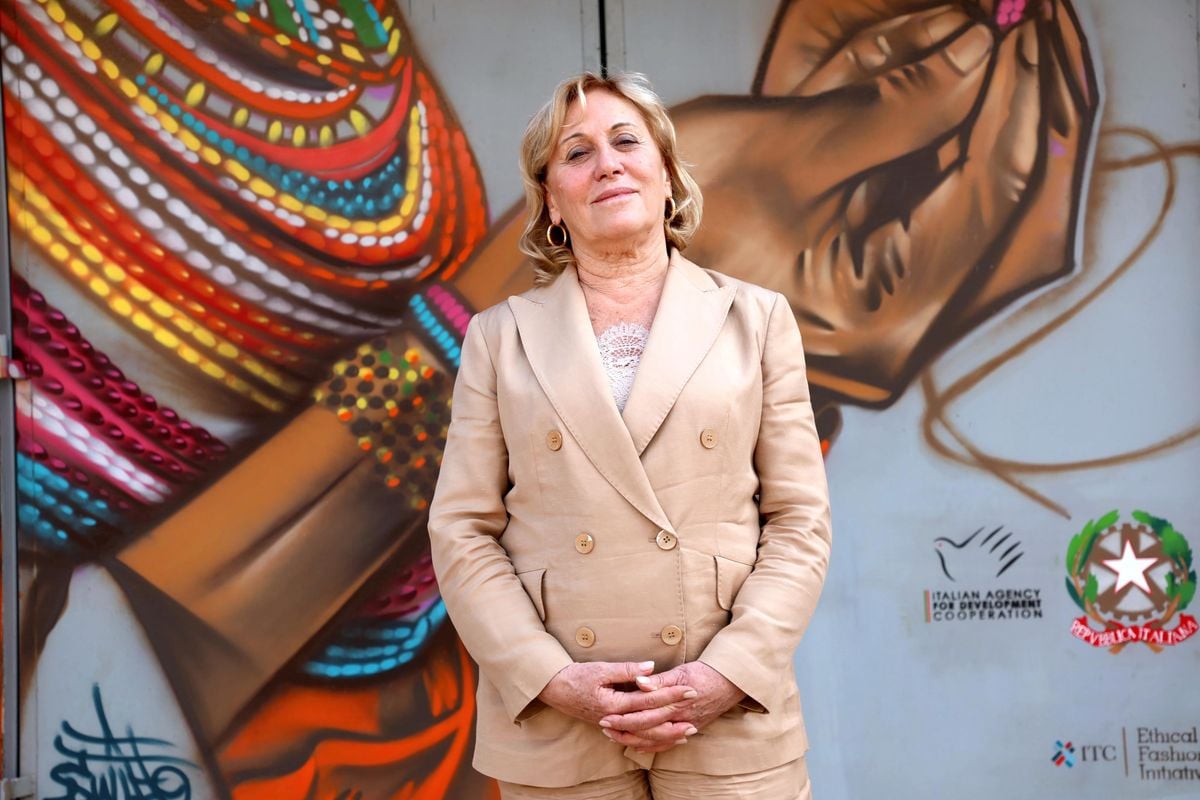


As more fashion labels push into the accessories business, competition for the high-quality leather market is increasing. Italy is known for its premium leather, having discovered the tanning process in pre-historic times. It has over 1,000 tanneries.
The BDLife spoke to Fulvia Bacchi, who has worked in the leather industry for over 50 years and has been the CEO of Linea Pelle since 2017.
Launched in 1981, Linea Pelle is the world’s largest exhibition of leather, accessories, fabrics, raw materials and models for footwear, leather goods, garments and furniture.
Ms Bacchi was recently in Kenya and shared her insights on how to grow the leather industry.
I think so. Leather is a natural organic product with many unique properties that are difficult to find in alternative materials. But I must acknowledge that we have a unique problem.
The younger generation has a negative perception of the tanning industry, they are not interested in learning the craft. We try to interest them by educating them on how technology and automation have changed the tanning process. We are urging the youth to apply for new positions including sustainability, circularity, and chemical engineers which are supported by technology. The tanning industry, with its interesting mix of artisans’ creativity, is also one of the best-paying in Italy.
We work very closely with the fashion industry to ensure that our tanneries supply the biggest fashion brands in the world.
Over 1,000 tanneries. We have many small and medium-sized workshops that are mainly found in Tuscany, Veneto and Campania districts.
Veneto is the largest district for leather production. Some of the big tanneries employ over 500 workers and the medium-sized peers about 15-20 workers. The larger factories supply shoe, car upholstery and furniture companies.
Given the current geopolitical conflicts around the world and the various challenges we’ve been facing post Covid-19, consumers do not have as much money to spend on premium brands. Consumers prefer to spend money on travelling, dining out and other lifestyle experiences.
The European Commission’s new laws on deforestation, sustainability, and the use of chemicals also present challenging situations as we have a very short time to adapt to the new regulations.
Sourcing high-quality leather hides has become a major challenge and in the next few years, I am not sure we will be able to source high-quality leather in Europe thus we are looking to Africa for viable partnerships.
We have seen a lot of development in our tanning process. We can now recycle 100 percent of our waste from tanneries. This helps us to create new products for our different industries such as agriculture and cosmetics. Ultimately, this helps support sustainability and circularity.
Largely it is because we constantly work on research and innovation. Many luxury brands are buying from Italian leather tanneries so that they can control the quality and the supply chain. Gucci and Channel [luxury brands] own several tanneries in Italy. This contributes to sustainability; the supply chain guarantees traceability in how the product is sourced and made ethically.
Firstly, Kenya needs to improve the quality of the raw hides and skins starting from the breeding to the slaughterhouse process. Secondly, the government should invest more in training young people to develop specialised skills for working with different hides and finally, the government must invest in new technology.
We are currently in talks with the government and hope to have its officials attend the Line Apelle show later this year and tour some tanneries.
Also key for the local industry is to understand the importance of traceability, the journey from the birth of the cow to the final product. In Italy, we insert small chips in the cow’s ears to monitor their movements and development and this is how we capture the data and use it for our research and development.
We are developing a connection with the Kenya Leather Development Council and hope to organise exchange programmes between Kenya and Italy.
Earlier this year, Italy hosted an African Summit during which our Prime Minister Giorgia Meloni outlined his vision through a project called “Mattei Plan” that aims to shape and support Africa in various industries, including leather and I am sure both governments are currently working on this.
Our next edition is in September at Fiera Milano in Milan. We shall also have similar editions in New York (US), London (UK), Tokyo (Japan) and China. We have a studio in Milan where we have collected over 18,00O samples of leather and we also offer training and host events. We do this to facilitate learning and networking to maintain and keep the leather industry alive. We also support young designers and allow them to create and produce their collections under the Linea Pelle brand.
If you want to succeed in this market, you must invest in creating a good and unique quality product. Also, note that success does not come easy, you have to persevere through the challenges, be knowledgeable about this industry and understand the important role of technology in the leather industry.
The market is currently very challenging but on the flip side, Linea Pelle is doing very well. This is because we are not only a commercial event but a resource for research, innovation and creativity. Our key categories for exhibition categories are leather, accessories, components, fabrics, synthetics and models.